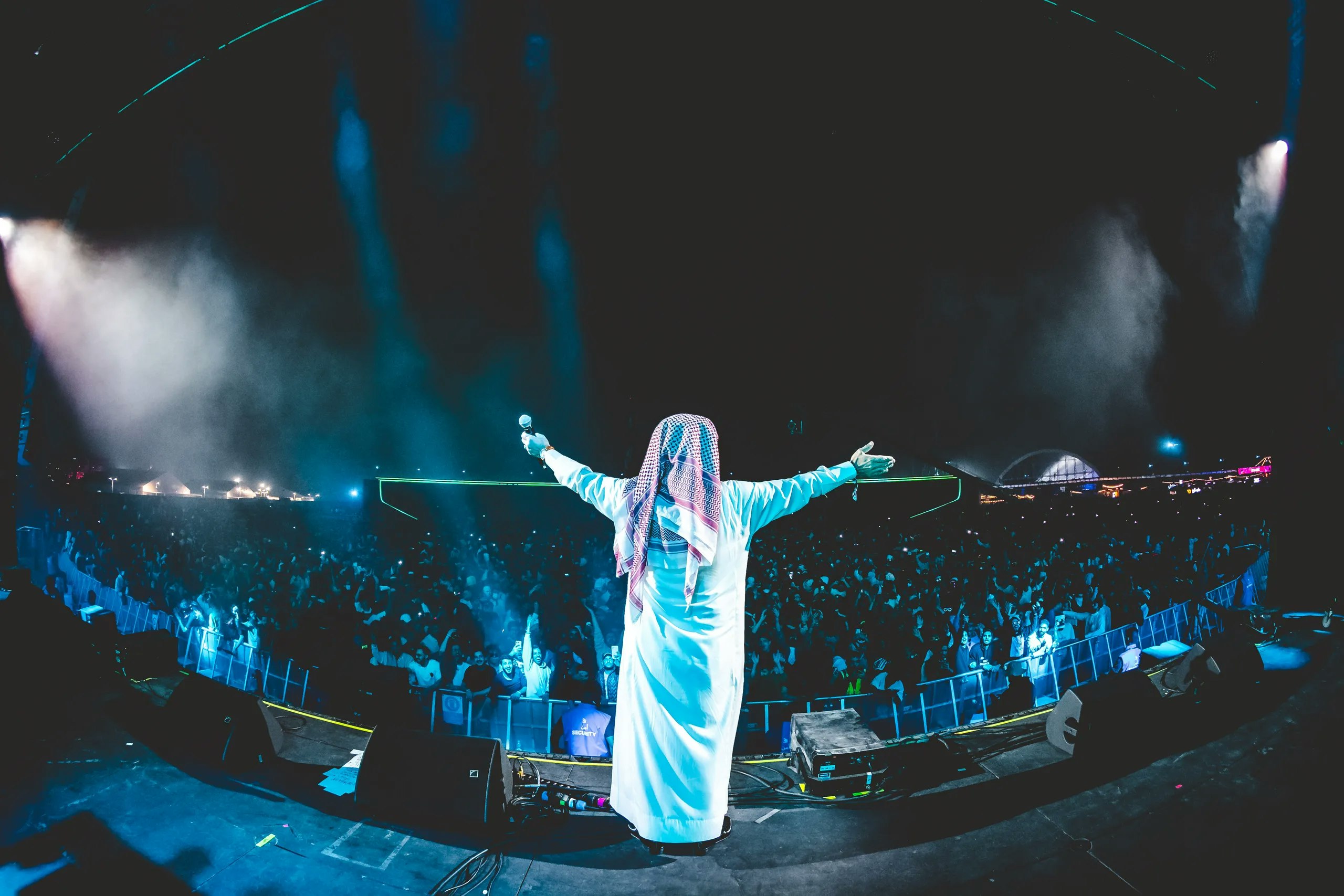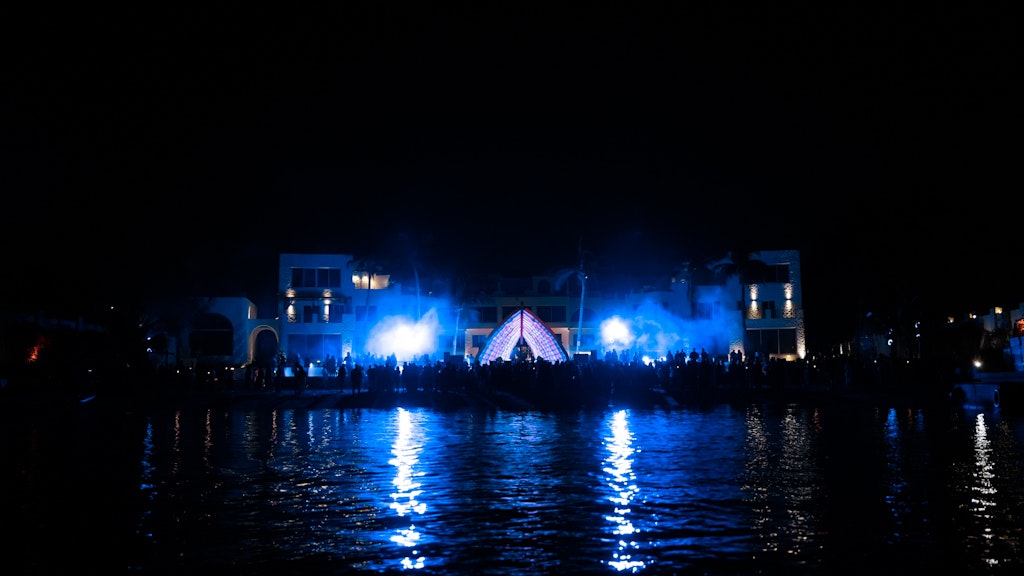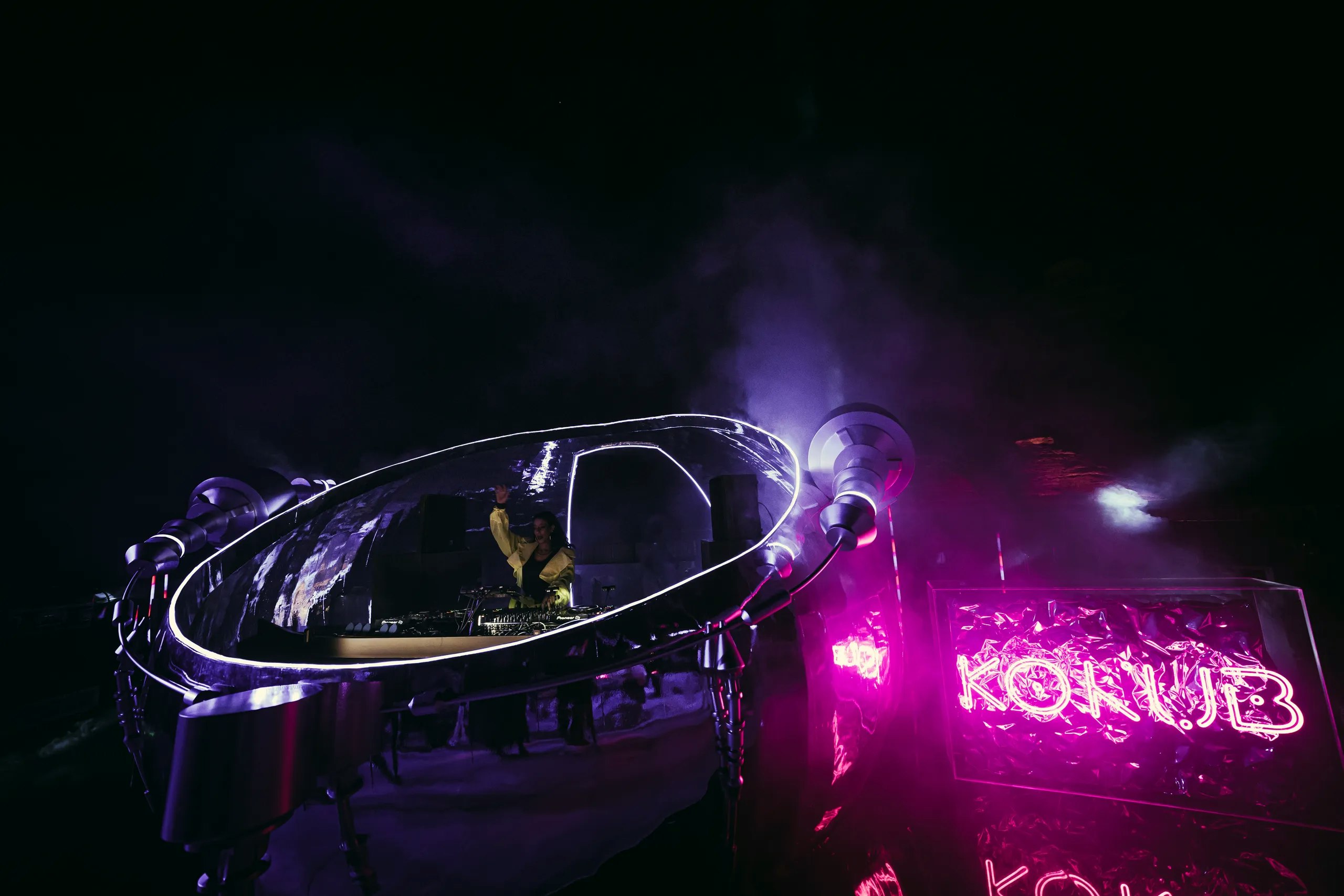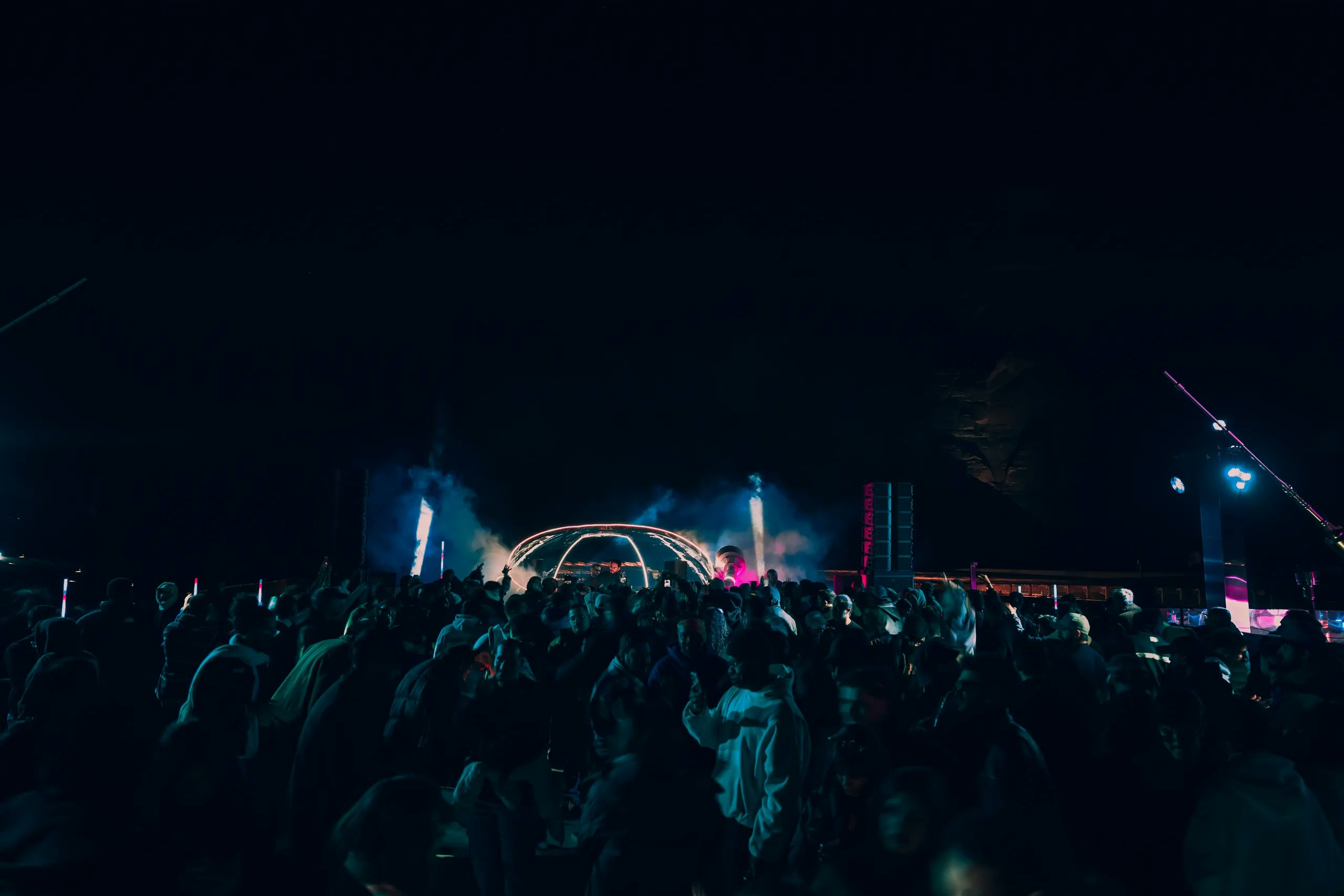

Bridging Cultures: An Analysis of Western Music
By MDLBEAST
October 09 2023
Bridging Cultures: An Analysis of Western Music
By MDLBEAST
October 09 2023
Western music, which can be traced back to Europe and the Americas, has undergone a fascinating transformation from its ancient roots to the present day. Many ancient societies promoted thriving musical traditions, with religious ceremonies serving as a main outlet for musical expression - from military incitements to soothing labor accompaniments, adding to dramatic spectacles, and enlivening social gatherings.
This article examines the global impact of Western music by analyzing its defining features, genres, technological developments, and extensive impact on the world's musical landscape. We'll also take a look at how forward-thinking organizations are embracing Western music and fostering cultural exchange in the Middle East.
Historical Roots and Notable Works
The musical practices of ancient cultures, such as the Greeks and Romans, provided the foundation for modern Western music. Over centuries, it evolved through distinctive periods (such as the Middle Ages, Renaissance, Baroque, Classical, Romantic, and Modern eras), each characterized by its unique artistic approach.
Renowned composers Bach (Baroque era), Handel (late Baroque era), Mozart (Classical era), and Beethoven (Classical era) created masterpieces that changed the interpretation of music during these periods.
Early Western music relied heavily on string, woodwind, brass, and percussion instruments, which were played in a wide variety of settings (including but not limited to courts, churches, and celebrations). As the Baroque era evolved into the Classical era, there was a shift towards dynamic differentiation, which means that composers started paying more attention to varying loudness and softness in their compositions, creating a more expressive and nuanced sound. They also started making their music more approachable by using folk-inspired tunes with less complicated chord progressions.
In the late 19th century, as composers like Debussy and Ravel embraced Impressionistic music, the musical landscape began to shift significantly. This new era of music, inspired by painting and literature, sought to evoke emotions and impressions, drawing listeners into an imaginative and colorful musical experience.
Then, in the early 20th century, radical experiments by Arnold Schoenberg and Igor Stravinsky brought forth a complete transformation. They completely changed the traditional harmonic ideas by embracing atonality, which means abandoning the traditional sense of key or tonality in music. Additionally, they adopted the 12-tone approach, a method where all twelve notes of the chromatic scale were treated with equal importance.
Stravinsky's innovative style further contributed to the development of modern music, exploring unique rhythms and percussion elements that added a touch of unpredictability to his compositions.
Genres and Global Influence
Western music spans a wide array of genres and styles, such as classical, jazz, blues, rock, pop, and contemporary electronic music. Each genre has its unique characteristics and cultural significance.
The blues began in the late 19th century among southern African Americans. This secular folk music emphasized grief with melisma, rhythmic syncopation, and "choking" to create a whining guitar sound. The blues and ragtime shaped jazz, an instrumental form with syncopated rhythms, polyphonic ensemble playing, improvisation, and unique timbres.
Besides jazz, the blues shaped R&B, soul, and rock in the mid-20th century. Rap emerged in New York City's hip-hop movement in the late 1970s, and used DJ mixing and sampling to offer half-spoken rhymes over rhythmic musical sounds.
Meanwhile, electronic music experiments began in Cologne and Paris in the mid-20th century. Pitch, intensity, duration, and quality were similar to earlier music, but organization and the need for a performer were abandoned.
This dehumanizing approach used mathematical algorithms and computer technology to precisely control and manipulate electronic or conventional sounds, allowing for a level of precision and complexity that was previously unattainable. This changed how music was imagined and produced, enabling electronic music to become a distinct and influential genre.
Technology advancements such as the aforementioned helped propel pop music to new heights throughout the 20th century. Radio, tape recorders, television, CD, and eventually the Internet and streaming services facilitated the rapid and wide dissemination of music through high-quality sound reproduction.
Other notable genres of music, including country, rock, and experimental music, emerged between the early and mid-20th century. These styles evolved from a combination of the aforementioned musical genres, and continue to evolve as they cross over one another.
These innovations in Western music demonstrated its ability to constantly innovate and connect with audiences across centuries, and cultures.
Collaborations and Cultural Exchange
Western music's versatility has helped it cross cultural boundaries. Throughout history, artists and musicians have added new musical components and genres as they traveled, shared ideas, and interacted with other civilizations.
Key examples are the infusion of African rhythms and scales in early blues and jazz, the influence of Indian classical music on the works of The Beatles, and the fusion of Latin rhythms in contemporary pop songs. By embracing many musical cultures, cultural understanding is promoted, and diverse civilizations can foster mutual respect and appreciation for one another’s traditions and culture.
At MDLBEAST, we love the way music brings people together. That's why we created Soundstorm festival, a place where fans of all backgrounds can enjoy a mix of Western music, including EDM, alongside local talents. It's more than just a festival; it's a celebration of what unites us. We've seen firsthand how music can break down barriers and foster a spirit of inclusivity. Soundstorm is our way of inviting the world to experience the warmth and creativity of our region.
Share this


